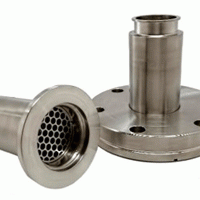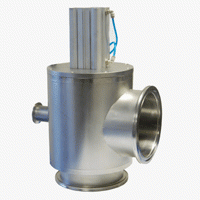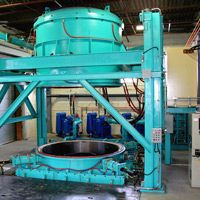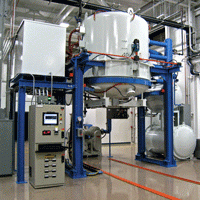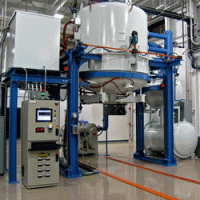A Vacuum Gauge is a pressure measuring instrument that measures pressure in a vacuum (i.e., in a vessel operating at sub-atmospheric pressure). Depending on the type of vacuum system and the required operating vacuum level, different vacuum gauges are required, often in combination with one another, to accurately determine and/or control the vacuum level of the chamber at any given moment in time.
Vacuum gauges are basic measurement components for vacuum furnace systems and can be found either in vacuum lines or connected directly onto the vacuum chamber. For all intents and purposes, a vacuum gauge is an instrument for measuring pressures below that of atmospheric pressure. There are several types of vacuum gauges, each engineered for a specific function over a specific range of vacuum pressure (Fig. 1). Common types (Table 1) include; Mechanical gauges, Absolute pressure gauges, Thermocouples or Pirani gauges, Ionization gauges (hot & cold cathode) and McLeod gauges.

